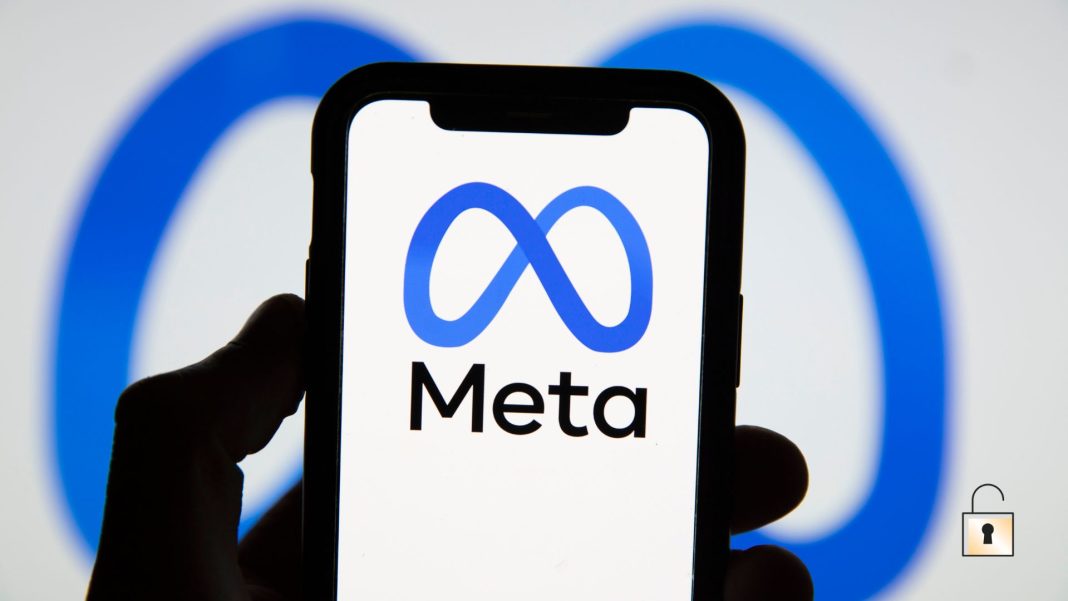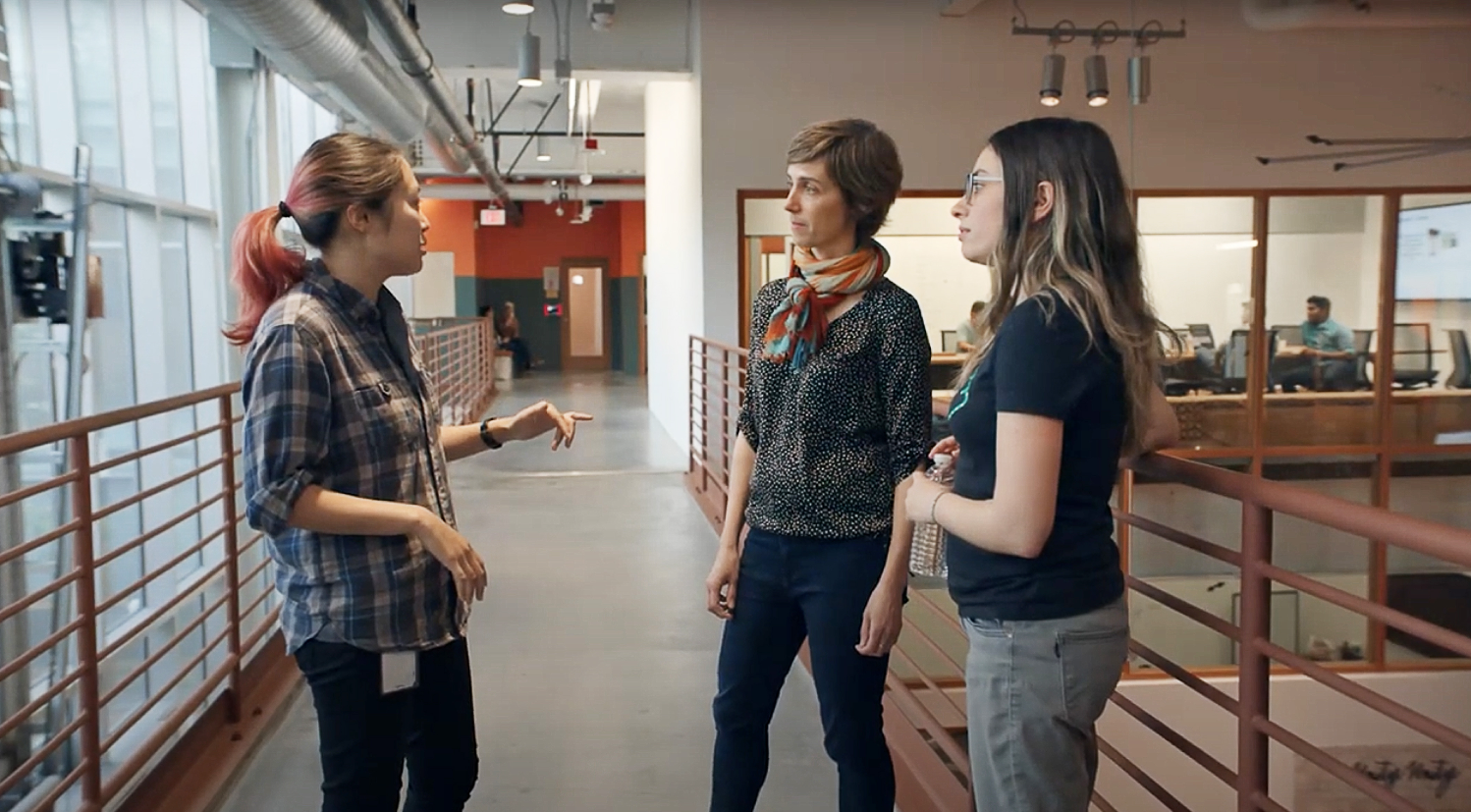First and foremost, Happy Women’s History Month! To begin celebrating Women’s History Month, we wanted to shine a lot on Meta’s Fundamental AI Research Lab (FAIR lab). The FAIR lab is responsible for the Llama model and many other incredible breakthroughs, but what is unique is that it just so happens to be largely made up of female researchers.
According to Meta’s AI Research blog, the FAIR team at Meta is seeking to further our understanding of both new and existing domains, covering the full spectrum of AI (artificial intelligence). The FAIR lab’s mission is to advance state-of-the-art AI through open research.
Source: Meta
Founded by Yann LeCun, who is now Meta’s Chief Scientist in Charge of AI, LeCun is often referred to as “the godfather of AI,” because of his work in pioneering deep learning while working in academia — subsequently joining Facebook to run its AI efforts.
The FAIR lab made an almost immediate impact on the AI field by publishing their cutting edge research on a crucial component of many generative AI image generators, computer vision, and language translation.
Source: Meta
Kim Hazelwood, Director of Infrastructure at the FAIR lab, told Semafor that the fact that Meta remained open on their research has made it an inviting place, and that has helped recruiting seek after researchers who want their work to see the light of day. She goes on to state that the culture of openness is connected to the diversity of the FAIR lab.
Now, around 60% of the FAIR lab’s leadership team are women and, according to interviews with those on the team in the lab, some reporting chains within the organization are actually women from top to bottom.
FAIR is Fair
The gender diversity found inside Meta’s FAIR lab is something that the industry has never seen before. Articles written by Time Magazine and the New York Times on the top leaders in the AI industry had a stunning lack of women researchers mentioned.
Joelle Pineau, who leads FAIR lab after becoming a prominent AI researcher and professor at McGill University told Semafor, “When you have a more diverse group of people, it’s not that they come up with totally different solutions, but they ask different questions. Especially in research, the question you ask is really, in many ways, the most important thing.”
Looking for other examples of women sharing their experiences? Check out this blog!
Looking at Things Differently
The diversity of the FAIR lab has also helped shape the company’s approach to building AGI (artificial general intelligence). Mark Zuckerberg, the CEO and co-founder of Meta, recently indicated that AGI is a central focus of the company.
Pineau claims that the FAIR lab team looks at AGI differently than other research labs do. The team’s more diverse makeup and ability to ask different questions may have something to do with this claim.
While most, if not all, tech companies strive to create AGI in terms of the ultimate result being this singular entity that is more intelligent than any one human, the FAIR lab looks at things differently.
The AGI agenda at Meta is focused on leveraging the effects of collaboration between multiple AGI agents. None of these agents are super intelligent, but together, they can accomplish quite a bit.
“If you look at humans and animals, a lot of our intelligence doesn’t reside in a single individual. It resides in a community – a collection of individuals and how we work together to solve harder problems and complex problems,” says Pineau.
The multiple agents approach has other benefits:
- It would give humans more control over how the AGI operates.
- Humans would be able to choose each agent’s abilities.
- Humans would be able to choose which agent holds what information.
- No one agent would be super intelligent.
“It flips around this conception that General Intelligence needs to be achieved in a single box, which has all of the world’s information and has control over all the world’s levers,” she said, “We don’t want that in companies. We don’t want that in governments, in individuals or in any of our institutions. So why would we want that in our AI system?”
Closing Thoughts
The article used in this blog from Semafor introduced me to Meta’s FAIR lab, and from there I had to ensure that people knew about it. The author of that article even admits that, “Until recently, I had no idea Meta’s FAIR team was such a unique place in the AI field when it comes to diversity. After someone at the company pointed it out to me, I searched for articles or information about it and couldn’t find anything.”
So, a closing thought that I have is, why aren’t we talking about it? When Reed Albergotti, the reporter that published that article, reached out to Meta’s communications team, they had said that he had been the first reporter to ask about it.
I think now, during Women’s History Month, is a perfect time to ask publications like Time and the New York Times, why didn’t you reach out? Only six women were on Time’s top 25 leaders in AI list and the New York Times article titled, “Who’s Who Behind the Dawn of the Modern Artificial Intelligence Movement,” included none. Did they really think we wouldn’t notice?
It’s 2024. It’s been time to do better.
This article was written by Alyssa Micalizzi










